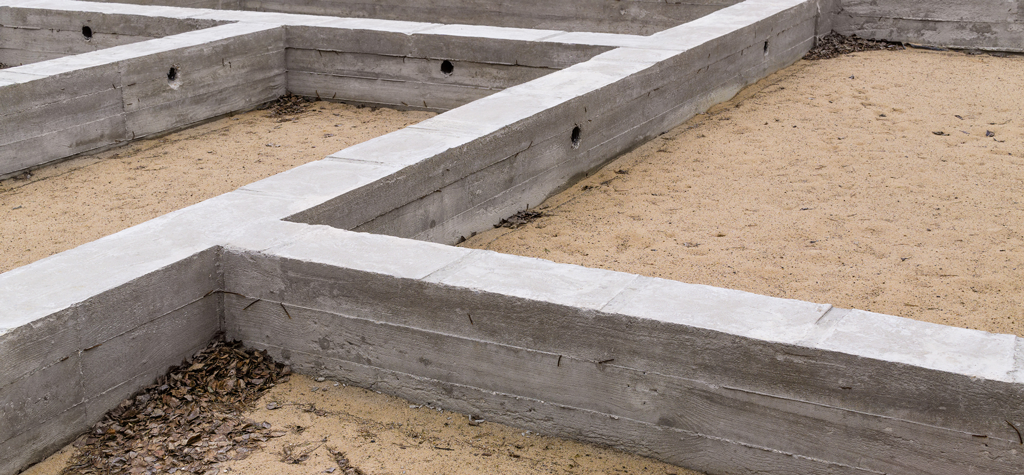Advantages And Disadvantages of Pier and Beam Foundations
Pier and beam foundations were much more common 60 years ago than today. Most homes today are built on modern concrete structures because of their low cost and efficient design. But in many parts of the United States, post and beam foundations are necessary, especially in areas that receive heavy rains, seasonal moisture, and flooding.
Post and beam foundations have several benefits: easy access to plumbing and electrical systems under the house, flood protection, and lower energy costs in the hot summer due to better airflow underneath.
This was the most structurally sound way to build a home’s foundation because concrete pouring technologies had not been refined as they are today.
If you’ve ever seen a house on piles, that’s a perfect example of a pier-and-beam system, although many homes using a pier and beam foundation are not usually built that high off the ground. First, a pier is sunk deep enough to hit the stone, and a concrete footing is added. This helps ensure that the piers do not move. Next, beams are extended from pier to pier. These will support the joists and the floor of the house. Typically, the crawl space under the posts is about 18 inches off the floor. This is where the plumbing and electrical components of the house are located.
While post and beam systems create very stable foundations and are preferable in some situations, they can deteriorate over time. However, they are generally more accessible and less expensive to repair than a slab foundation. It is also easier to install, repair, and add plumbing with this type of system.
Another consideration is insects and pests. For example, a pier and beam foundation is more likely to attract termites and rodents. However, it is also easier to detect and treat the problem compared to a slab foundation.
Situations where post and beam foundations make sense:
- In areas with considerable soil expansion and contraction.
- The house is built on a hillside or slope.
- The house must be raised off the ground due to possible flooding.
Today, most new homes are not built with a pier and beam foundation. Part of the reason is cost. Pier and beam foundations usually cost more to build.
As with any other home maintenance, it is vital to schedule pier and beam foundation repairs as soon as you notice any signs of foundation damage. Ignoring necessary repairs often allows cracks and chips to grow and a home to settle and move, leading to interior damage.
Your crawl space is probably not something you regularly check; however, looking under your home periodically is essential. Look at the floor underneath for several months; if it seems consistently damp, you may want to consider installing a heavy-duty liner and dehumidifier. This may be necessary for locations that experience a lot of moisture. Similarly, if your crawlspace looks consistently dry, especially in the hot summer months or during a drought, it’s essential to water your foundation. The goal is to keep your crawlspace dry enough so that mold and mildew cannot grow but not too dry so that the soil shrinks in the hottest months.
Re-shimming a home is an excellent option for minor foundation damage to piers and beams, while some homes require wood beam replacement.
Only a foundation repair company can notice damage to your home’s foundation and recommend necessary repairs. Still, you might consider some additional information about the pier and beam foundation in general.

